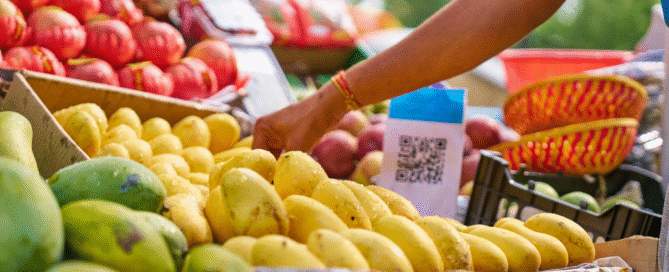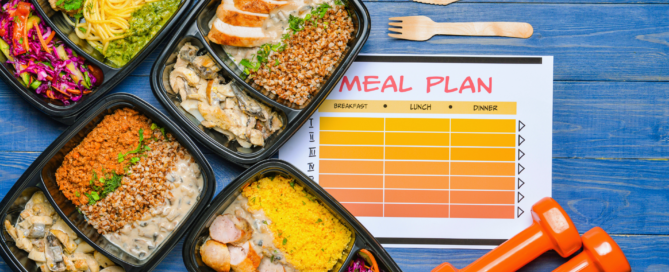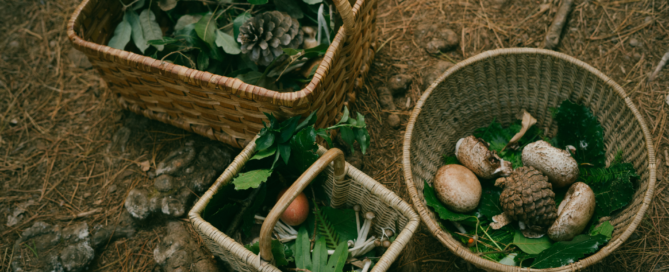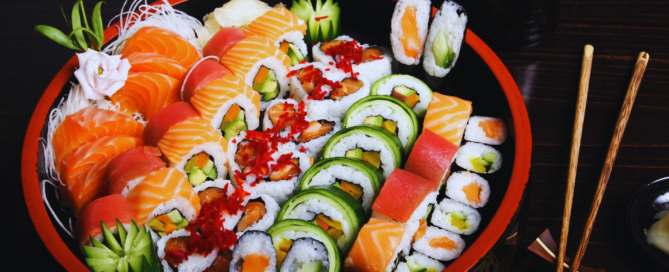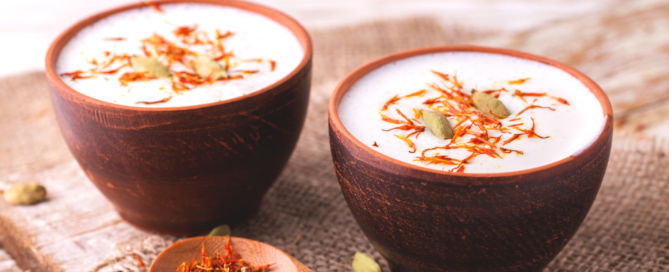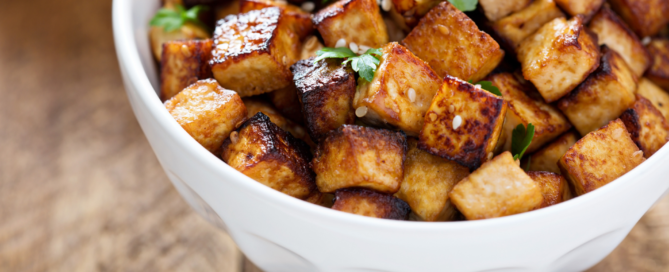Why You Should Shop Locally: Supporting Your Community and Boosting the Economy
Shopping locally has gained increasing attention for its numerous benefits. Supporting local businesses strengthens the community, fosters economic growth, and promotes sustainable practices. When consumers choose to shop at neighborhood stores, they contribute directly to the livelihood of entrepreneurs who invest back into the area.
Beyond economic impacts, shopping locally enhances the sense of community connection. Local retailers often provide a more personalized shopping experience, where customers can interact with owners and receive tailored recommendations. This creates a vibrant local culture that large chains may struggle to replicate.
Additionally, local shops often offer unique products that reflect the character of the community. By choosing local options, consumers can discover handmade crafts, specialty foods, and other distinctive items that may not be available elsewhere. Exploring these local offerings enriches the shopping experience and supports the talent and creativity within the area.
The Economic Benefits of Shopping Locally
Shopping locally plays a significant role in fostering community vitality and supporting small businesses. It helps strengthen the local economy and leads to job creation, empowering citizens to invest in their own neighborhoods.
Supporting the Local Economy
When individuals choose to shop at local stores, they contribute directly to the health of their community’s economy. Studies indicate that $68 of every $100 spent at local businesses stays in the community, compared to $43 at chain stores.
Local merchants often reinvest in their surroundings, contributing to infrastructure and local services. This support enhances community well-being and creates a sense of pride among residents. By prioritizing local shopping, consumers actively participate in sustainable economic growth.
Job Creation and Community Growth
Local businesses are crucial for job creation. Each small business has the potential to employ multiple residents, fostering economic stability. Small businesses collectively account for about 64% of new job creation in the United States.
By shopping locally, individuals help these businesses thrive, ultimately leading to more job opportunities. Furthermore, as local merchants expand, they contribute to community development initiatives, thereby enhancing the quality of life for everyone involved.
Helping Small Businesses Thrive
The success of small businesses is vital to the overall economy. When consumers support local shops, they create a marketplace that encourages diversity and innovation. Local businesses often address the specific needs of their communities, tailoring products and services accordingly.
Additionally, shopping locally fosters relationships between consumers and business owners. This personal connection allows for better customer service and promotes a more engaged community. Nonprofits and local organizations often benefit from collaborations with these businesses, leading to further community enrichment.
Environmental Advantages of Shopping Locally
Shopping locally contributes significantly to environmental sustainability. It offers a way to reduce the carbon footprint, mitigate pollution, and protect natural habitats while minimizing traffic congestion in communities.
Reducing Carbon Footprint
Local shopping helps lower the carbon footprint associated with transportation. When consumers purchase goods from nearby businesses, products travel shorter distances, reducing greenhouse gas emissions from delivery vehicles.
This not only supports a smaller carbon footprint but also promotes the use of local resources. Additionally, local producers often utilize more sustainable practices, further diminishing their environmental impact. Supporting local businesses is thus a direct action toward combating climate change.
Less Pollution and Resource Depletion
Local commerce lessens pollution by decreasing the transportation emissions that contribute to air quality issues. Goods produced and sold locally usually mean fewer harmful emissions.
By fostering demand for local products, communities can also prioritize sustainable practices in resource use. This reduces the potential for resource depletion seen in mass production environments, where environmental regulations may be lax or overlooked.
Ultimately, local shopping can directly influence cleaner air and a healthier ecosystem.
Minimizing Habitat Loss and Traffic Congestion
Shopping locally can also effectively minimize habitat loss and reduce traffic congestion. With fewer logistics involved in transporting goods over long distances, urban sprawl and infrastructure expansion often decline in necessity.
Local markets use existing infrastructure, leading to less destruction of natural habitats. This protects biodiversity and supports ecosystems critical for the environment. Moreover, reduced traffic congestion results from fewer delivery trucks on the roads. Better air quality and enhanced community livability follow as a result.
In this way, choosing to shop locally can lead to both a healthier planet and a more connected community.
Personal and Community Experience in Local Shopping
Shopping locally enriches the personal experience for customers and strengthens community ties. The benefits include superior customer service, a more relaxed shopping environment, increased accessibility, and the opportunity to find unique, locally-made products.
Exceptional Customer Service and Personalized Attention
Local shops often prioritize exceptional customer service. Staff members typically know their products well and offer personalized recommendations based on customer needs. This creates a welcoming atmosphere where shoppers feel valued.
Additionally, local businesses tend to have a smaller clientele, allowing for more meaningful interactions. Customers can engage in conversations, ask questions, and receive tailored advice. This level of service fosters loyalty and builds long-lasting relationships between businesses and patrons.
Enjoying Shorter Lines and Smaller Crowds
A major advantage of shopping locally is the experience of shorter lines and smaller crowds. Unlike large retailers, local stores often operate on a smaller scale. This leads to quicker transactions and a more pleasant shopping experience.
Fewer shoppers mean reduced wait times. Customers can spend more time browsing and finding what they need without the stress of long queues. This creates a calm shopping environment where one can enjoy the experience at a leisurely pace.
Convenient Parking and Accessibility
Local shops often benefit from convenient parking options. Many are situated in accessible locations, making it easier for customers to find parking nearby. This contrasts with larger retailers that may have limited or crowded parking facilities.
Accessibility enhances the shopping experience, particularly for those with mobility challenges. Local businesses frequently cater to their community by ensuring their shops are easy to reach, allowing everyone the chance to participate in local commerce.
Discovering Unique Products with Small-Batch Shopping
Local stores often showcase unique products that reflect the character of the community. Small batch shopping allows customers to discover items that may not be available in mainstream retail settings. These products often emphasize quality over quantity.
Shopping locally gives customers the chance to support artisans and makers in their area. This not only enriches the shopping experience but also contributes to the local economy. Discovering these unique treasures creates a sense of connection to the community and its creative endeavors.
Comparing Local Shopping to Online and Big-Box Retailers
Local shopping offers distinct advantages over online and big-box retailers. These differences can influence not only consumer experience but also community vitality.
Differences Between Local Stores and Big-Box Stores
Local stores often prioritize personalized service. Customers frequently receive tailored recommendations, fostering a sense of trust that large chains often lack.
Local Retailer Advantages:
- Community Engagement: Local shops contribute to community identity.
- Unique Offerings: They often carry unique products not found in big-box stores, catering to local tastes.
In contrast, big-box stores typically focus on volume and discounted prices. While they provide a wide selection, the shopping experience can feel impersonal. Customers may spend less time browsing.
The Impact of Online Shopping
Online shopping has revolutionized consumer behavior. Convenience and accessibility are its primary appeals. Consumers can browse countless products from home, often at lower prices.
Drawbacks of Online Shopping:
- Delayed Gratification: Waiting for deliveries can be frustrating for some shoppers.
- Lack of Immediate Satisfaction: Customers cannot immediately use or enjoy their purchases.
Additionally, local retailers struggle against this trend. They may not match online pricing, but their offerings promote community connections and keep local economies thriving. The personal experience of shopping locally is often irreplaceable, highlighting an important consideration for consumers.
